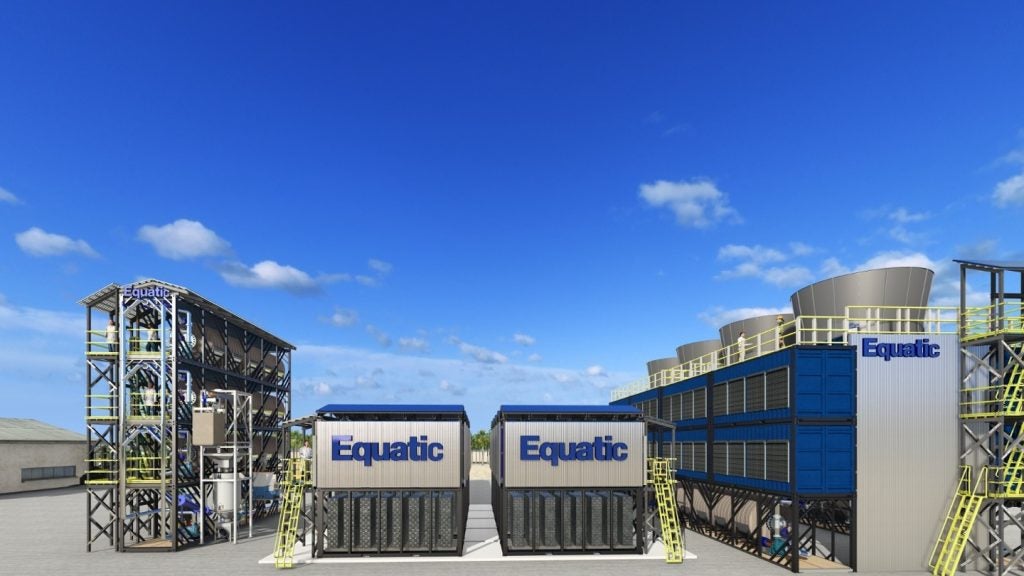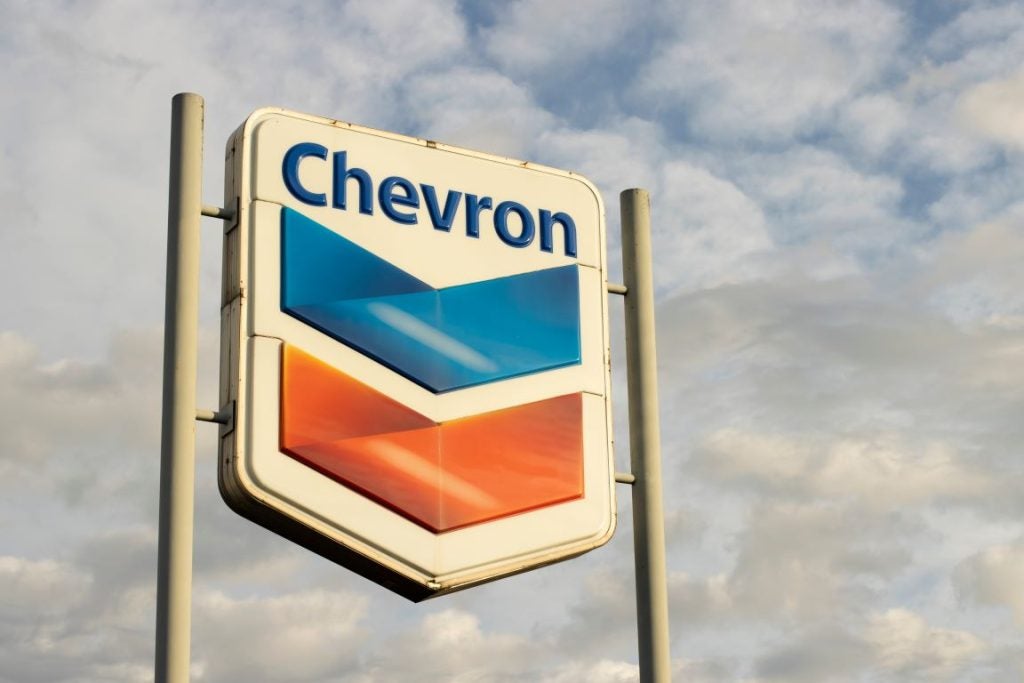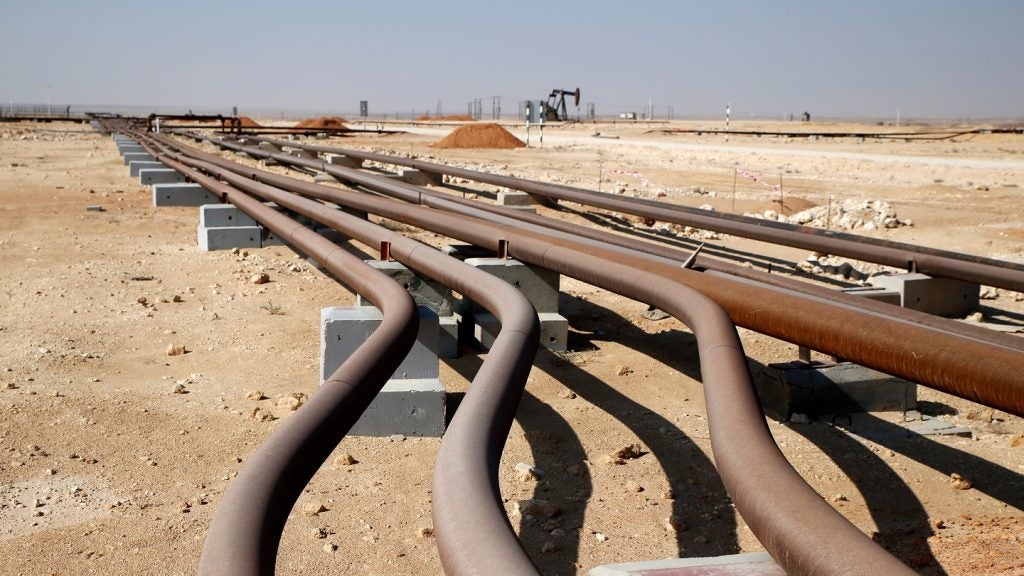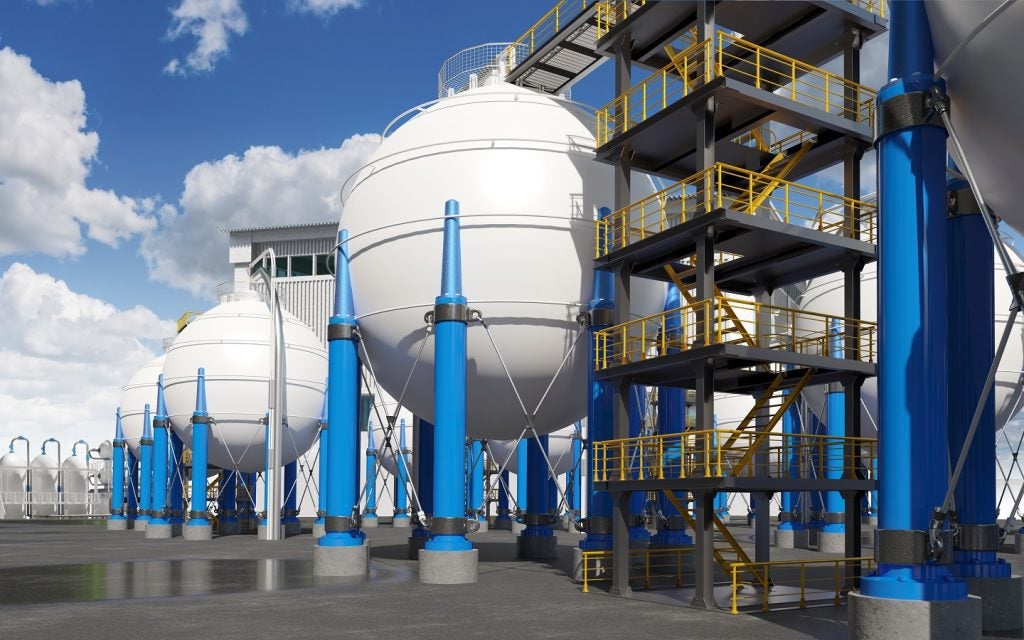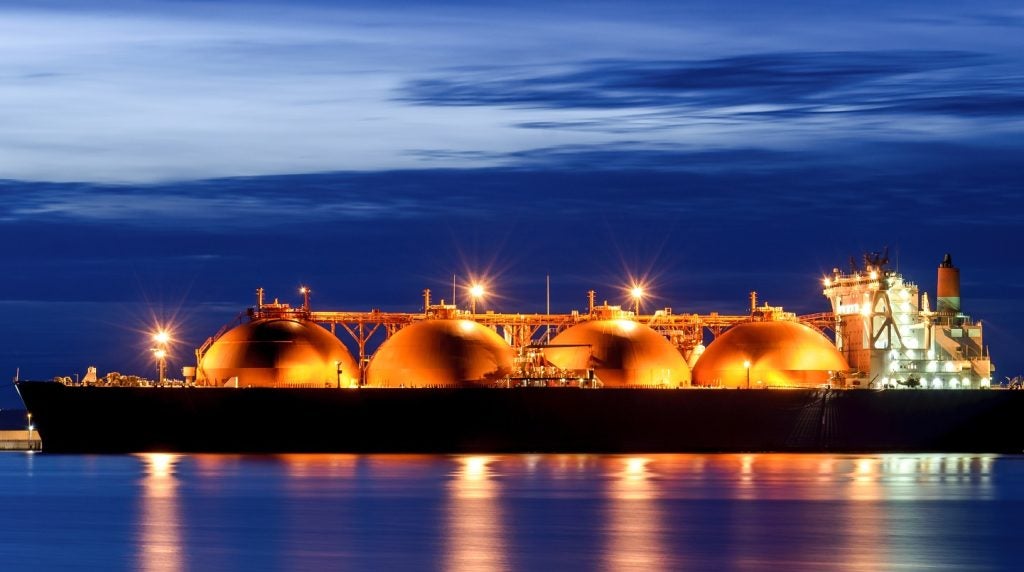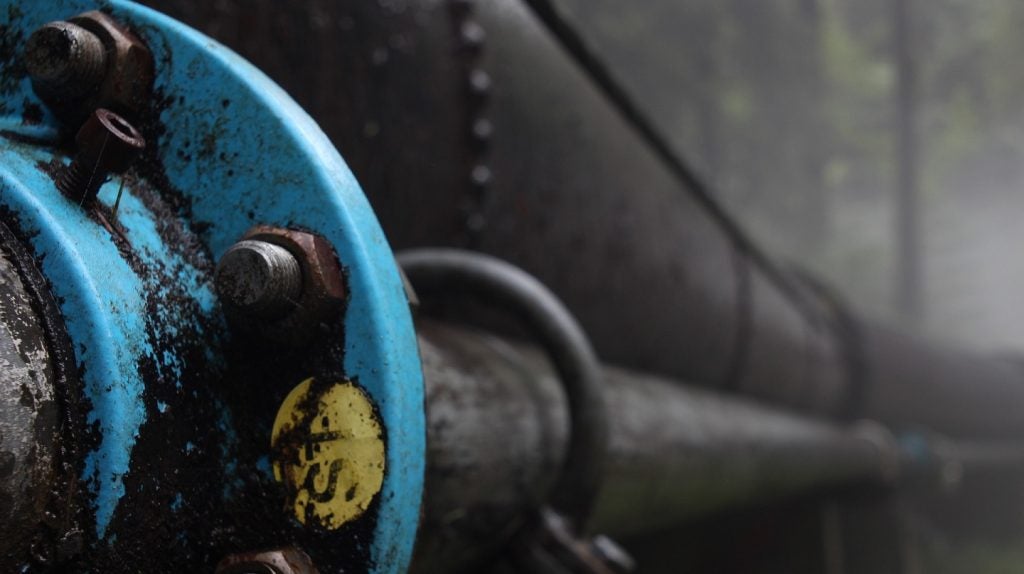Carbon removal startup Equatic has announced the construction of a large-scale demonstration plant for carbon capture in Singapore via a novel process of electrolysing seawater without producing chlorine.
After several successful pilots in Los Angeles and Singapore, leveraging an approach developed by scientists at UCLA, the company has partnered with Singapore’s National Water Agency to create a plant capable of capturing 3,650 metric tonnes of carbon every year. This will put it among the world’s largest carbon dioxide removal facilities in the world.
The plant is due to begin operating with the capability to capture 1 metric tonne of CO2 per day in the summer of 2024 before being ramped up to ultimately be capable of removing 10 metric tonnes per day.
Speaking to Offshore Technology's sister publication Energy Monitor, Francesca Gregory, senior energy transition analyst at GlobalData, and Equatic’s COO Edward Sanders delve into how the process works and the carbon capture market as a whole in the fight for net zero.
What are carbon capture plants and how do they work?
Gregory: Carbon capture, utilisation and storage (CCUS) involves the capture of carbon dioxide emissions from point sources such as industrial facilities or directly from the atmosphere. The captured carbon can either enter long-term geological storage or be used within other sectors, which can range from agriculture to construction.
As a technology, CCUS divides opinion with issues such as its ability to scale, high capital costs, as well as its implications for the continued use of fossil fuels attracting criticism. However, there is increasing recognition of the need to avert emissions from typically hard-to-abate industries as well as remove the carbon dioxide that has accumulated in the atmosphere. CCUS is a rare technology in terms of having the capacity to be applied to both use cases.
As a result, CCUS is increasingly being recognised as vital to keeping the 1.5-degree warming scenario alive, with the International Energy Agency's (IEA) sustainable development scenario expecting the technology to provide an annual saving of up to 6.89GtCO2 by 2070. However, according to GlobalData’s database of active projects, current CCUS capacity stands at 46.2mtpa, revealing the steep increase in capacity that would be required for the technology to help avert dangerous climate change.
The scaling of CCUS capacity will be facilitated by the commercialisation of direct air capture (DAC). DAC currently contributes minimally to global capture capacity, with the IEA estimating that existing facilities capture a mere 0.01MtCO2 per year. However, with plans for a further 130 facilities in the works, DAC’s capacity share is predicted to rise. Innovative capture pathways such as Equatic’s green hydrogen and carbon removal mechanism via seawater will also help to improve the business case for CCUS.
How does Equatic’s solution work and how is it different?
Gregory: Equatic’s innovative capture approach capitalises on the chemical properties of seawater and its existing ability to store carbon. The technique uses renewable energy to apply a current through ocean water and an electrolyser to split the water into green hydrogen and oxygen. Atmospheric air is then passed through the processed seawater and carbon dioxide is captured in the form of dissolved bicarbonate ions and solid mineral carbonates. The neutral composition of the water is maintained by dissolving alkaline rocks, allowing the processed seawater to be discharged back into the ocean.
Equatic’s use of seawater rather than fresh water for the production of hydrogen and carbon capture and storage in oceans rather than dedicated storage sites creates a cost-effective approach. It also provides both a high-value end-product in the form of low-carbon hydrogen and a carbon removal service, separating it from its competitors.
Sanders: Equatic electrolyses seawater, and this process produces an acid stream and a base stream. The acid stream needs to be replenished with cations to bring the pH back up to the level of the ocean. This is what we use rock for and there are no concerns regarding sourcing. The base stream is contacted with CO2 from the atmosphere to carbonate (this stores CO2 permanently) and bring the pH down to the level of the ocean.
How Equatic is financing its seawater carbon capture
As Gregory highlights, the high capital costs of Equatic's technology are one of the prominent concerns with using the technique to achieve net zero. With the newest plant set to cost $20m and more planned, Equatic needs various revenue streams to make deploying and scaling up the solutions possible.
Equatic has pre-sold carbon credits and hydrogen from future plants to companies such as Boeing, with prices ranging between $400-$1,300 per tonne. The company anticipates that its electrochemical reactor will bring removal costs below $100 per tonne before 2030.
Sanders says: “There are many sources of financing. Carbon credit sales and presales are one of these sources. Equatic produces both CDR credits and hydrogen and having two revenue streams helps with project development.”
The company is developing the pipeline for partnerships and investors for a 109,500tpa plant due to be commissioned in 2026, he told Energy Monitor.


